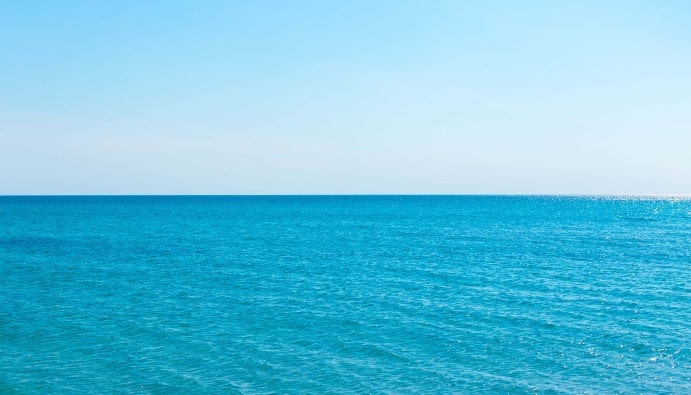Light Transmittance in Seawater and Seki Depth: Measurement
Light Transmittance in Seawater/Swell Depth

What is Light Transmittance and Why is it Important?
Light transmittance in seawater refers to the rate of diffusion and absorption of light in the water. This parameter is related to the clarity of the water and the concentration of particles (suspensions, plankton and organic matter) present in it.
Importance:
- Photosynthesis Processes: Marine plants and phytoplankton need light to grow and produce oxygen.
- Ecosystem Health: Light transmittance determines the depth of suitable habitats for marine life.
- Water Pollution Monitoring: Pollutants can disrupt ecosystem balance by reducing light transmittance.
- Subsea Construction and Planning: Visibility analysis is required for seabed dredging and other subsea projects.
What is a Seki Disk?
A sounding disk is a simple but effective instrument used to measure seawater clarity. Developed in 1865 by Angelo Secchi, it is usually a white or white-black disc that is dropped into the water with a string.
- Structure of the Disc: A disk 20-30 cm in diameter, white or divided into four equal slices (two white, two black).
- Usage: When the disk is immersed in water, the point at which it goes too deep to be seen by the eye is recorded (Seki depth).
Seki Depth Measurement Method
- Preparation: The seki disk is attached with a clean rope or cable. The rope should be marked with a meter. The measurement should be made on the sea surface in direct sunlight.
- Dropping the disk into the water: The disk is dropped into the water perpendicular to the sea surface. When the disk is too deep to be seen by the eye, this point is marked (lost depth).
- Retrieval of the Disk: The disk is slowly pulled up until it is visible again (apparent depth).
- Calculation of Seki Depth:
- Seki Depth (Zs) = (Visibility Depth + Lost Depth) / 2
Factors Affecting Light Transmittance in Seawater
- Suspended Particles: Sand, clay and other inorganic substances reduce water clarity.
- Phytoplankton Density: As the amount of chlorophyll in water increases, light transmittance decreases.
- Organic Matter: Dissolved organic compounds increase the absorption of light.
- Seasonal Changes: Light transmittance may decrease in summer due to the increase in phytoplankton.
Nanolab Laboratories Group continues to provide services within the scope of Light Transmittance and Shelf Depth Measurement. We also provide services in Sea Water Analysis.
Contact us for more information.
You can follow us on LinkedIn for up-to-date news and posts about our services.
Follow our Instagram account to be informed about our latest blog posts.

